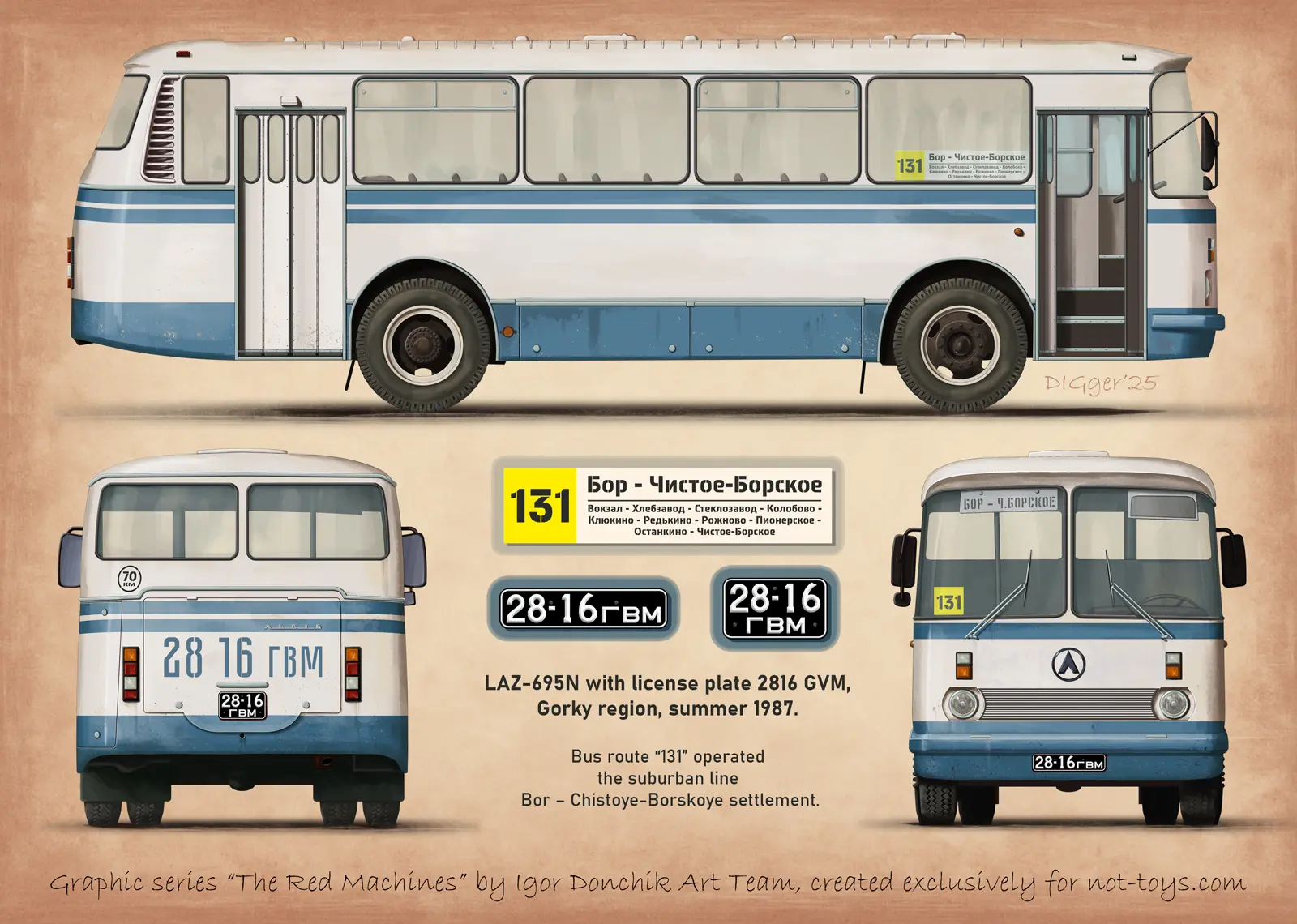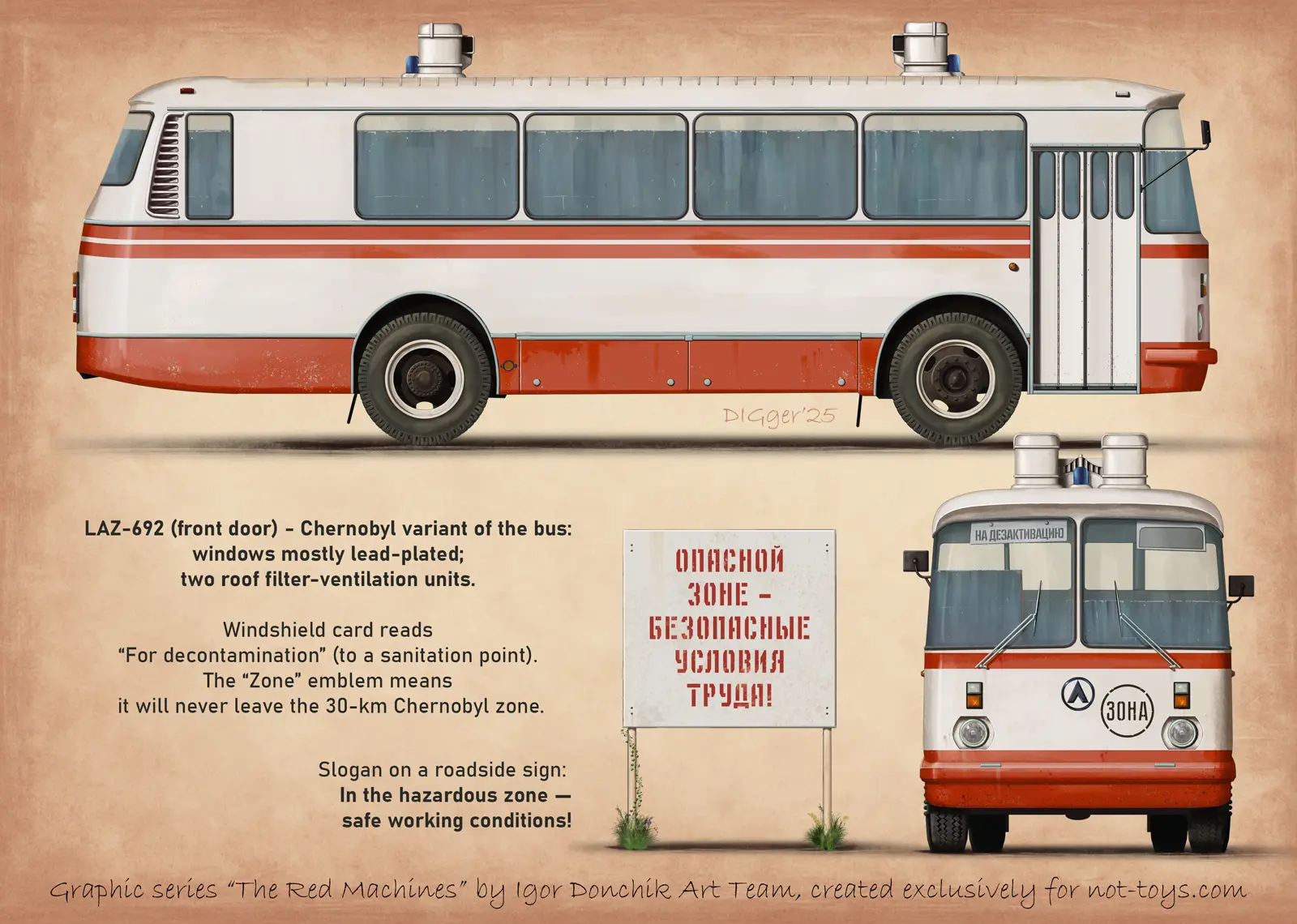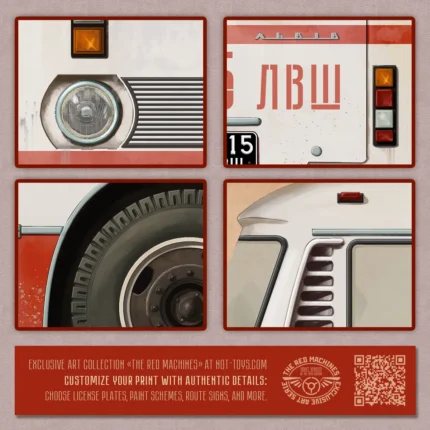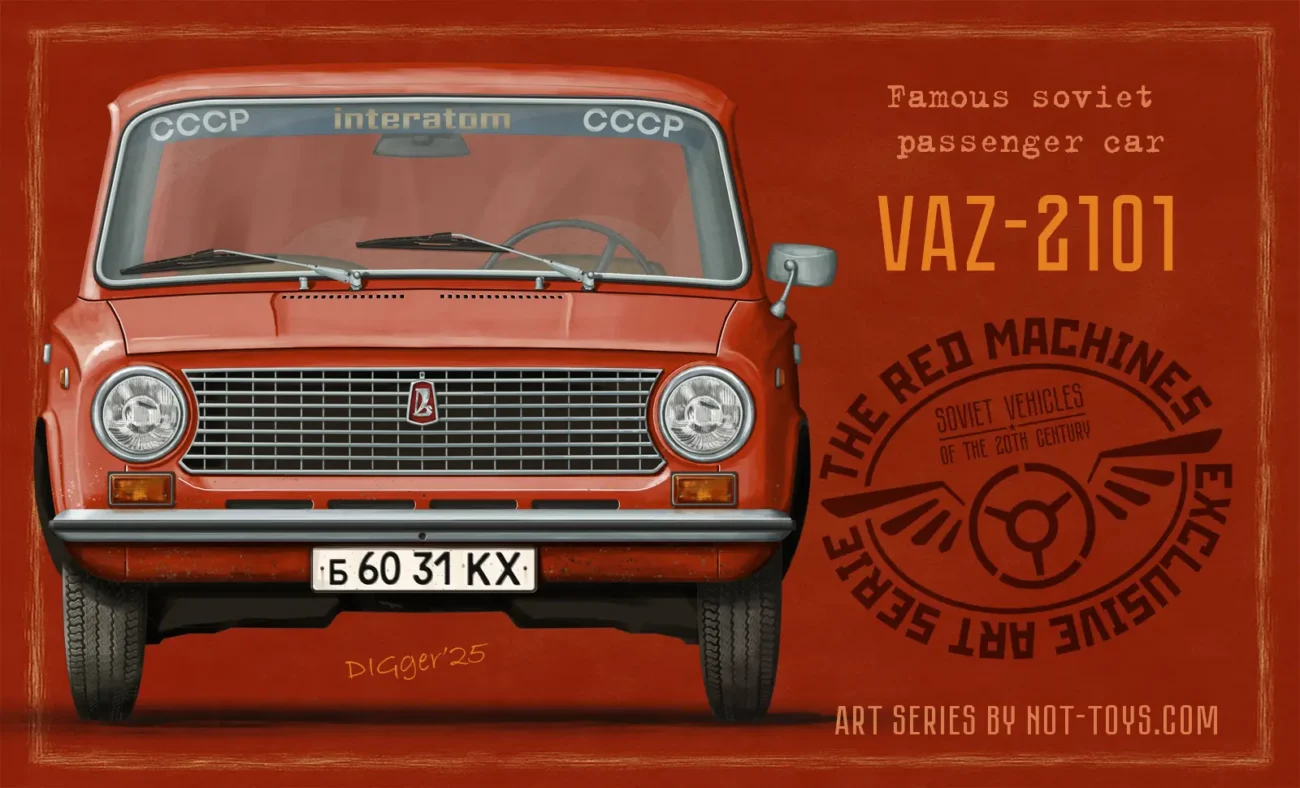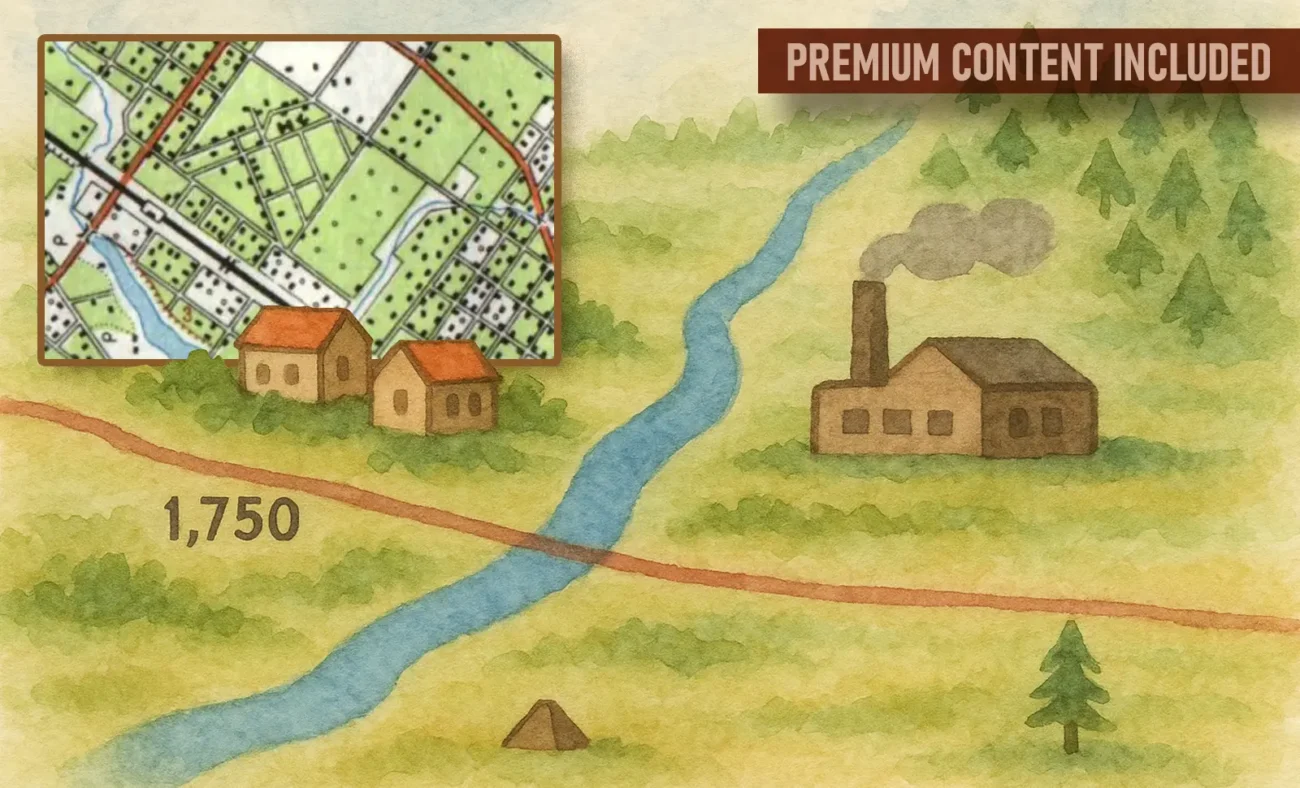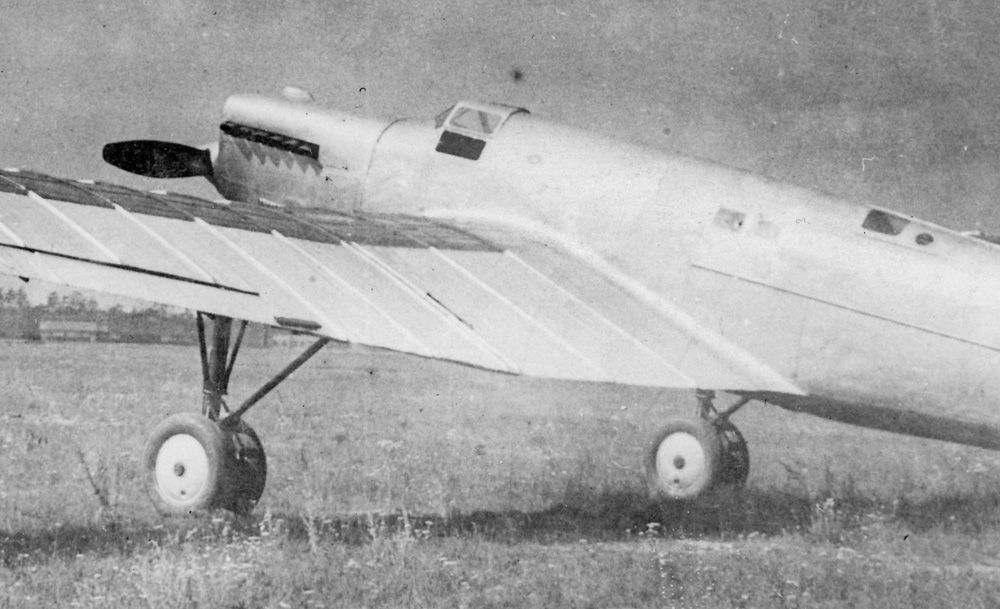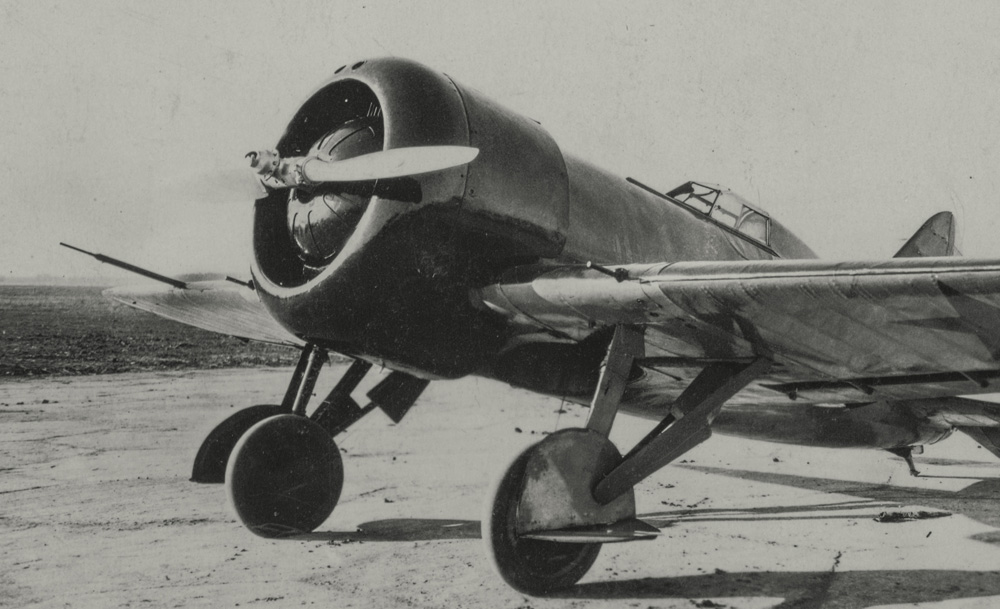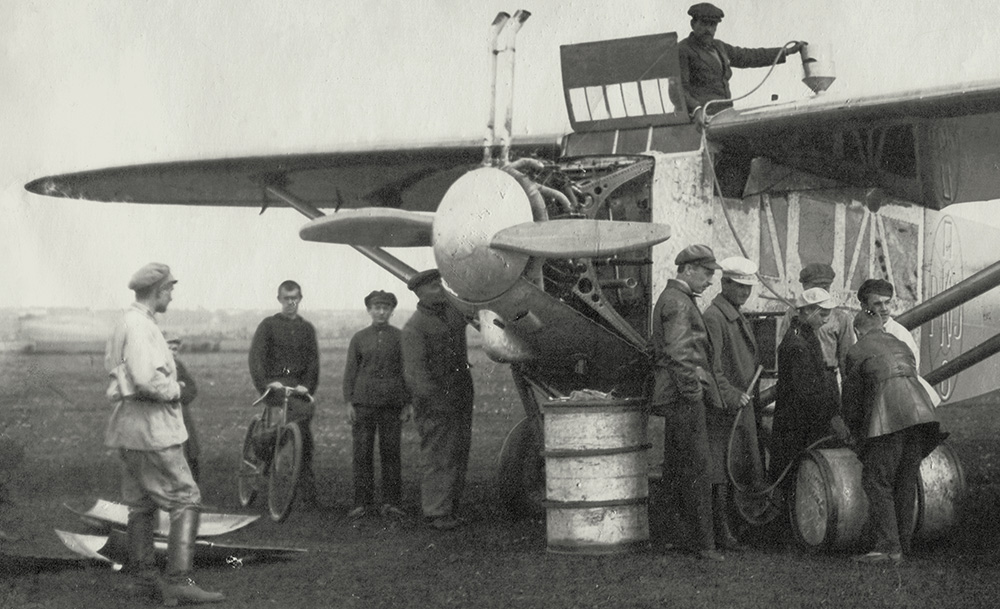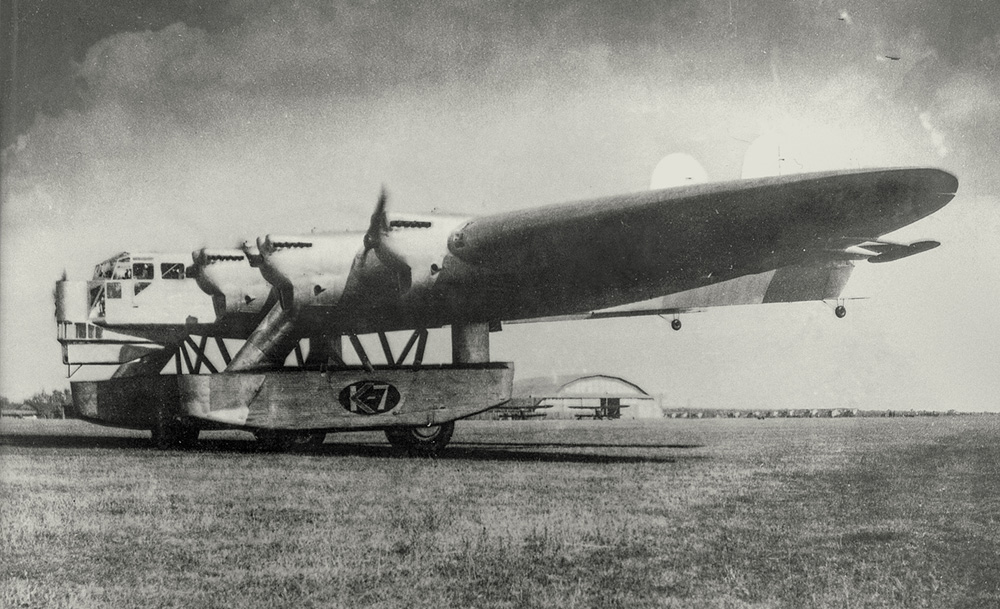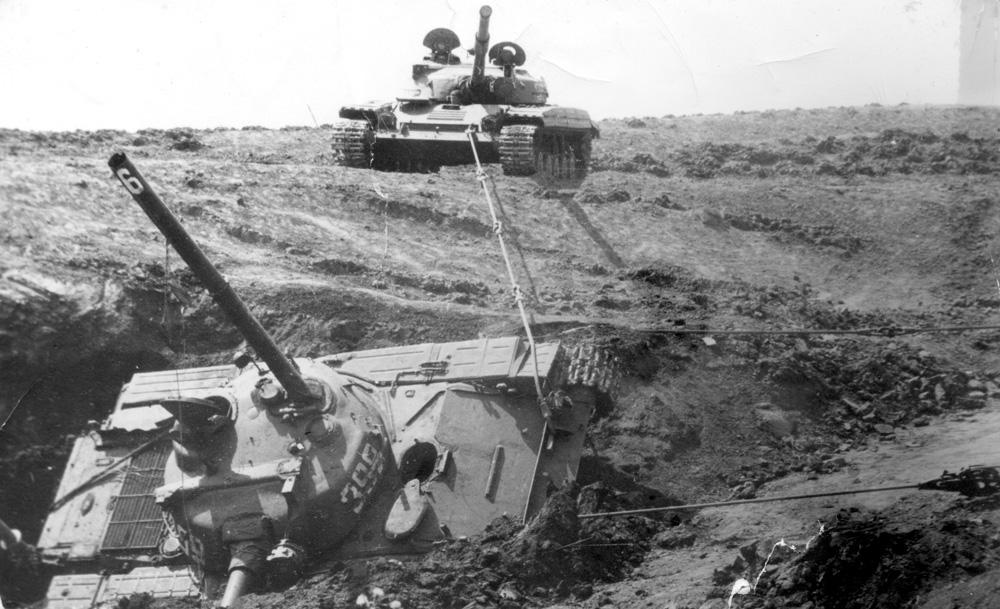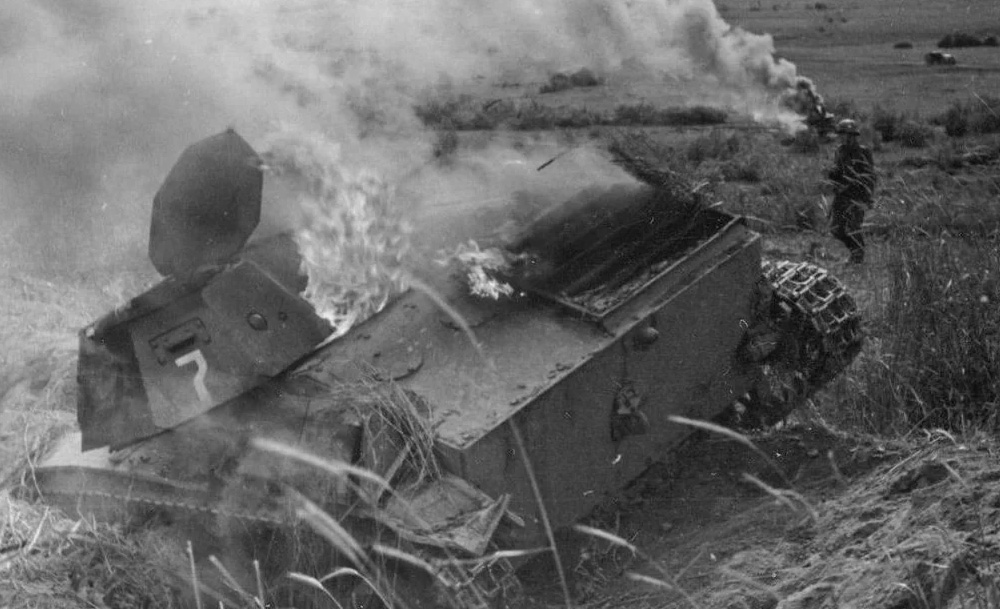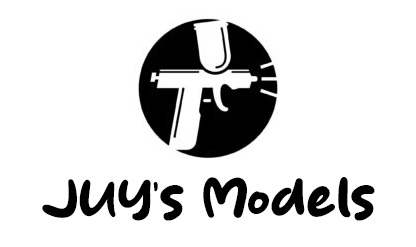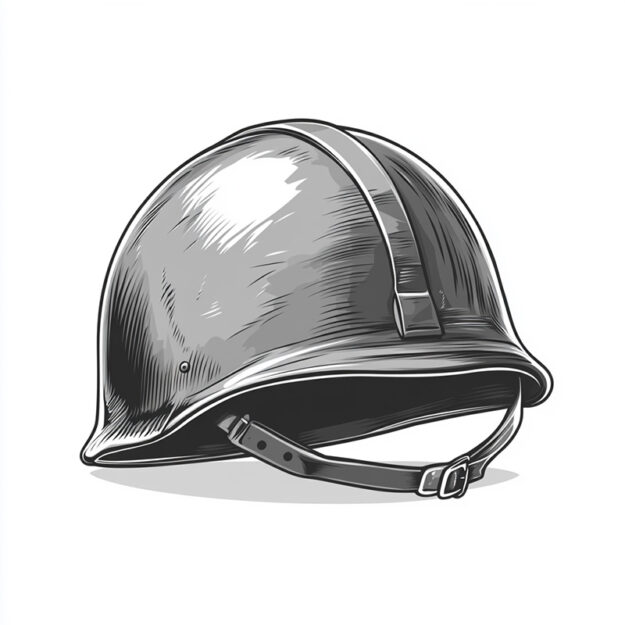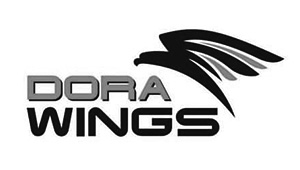We are opening a brand-new premium section of our blog — The Red Machines. This series will explore the history of Soviet civilian vehicles of the 20th century, from iconic buses and cars to trucks and motorcycles that shaped everyday life across the USSR.
The first publication is dedicated to one of the most recognizable symbols of Soviet public transport — the LAZ-695N. In this article, you will find a detailed overview of the bus, rare archival photographs, and exclusive author’s artwork created especially for this project.
The Red Machines will grow into a comprehensive collection of stories about the civilian side of Soviet engineering — vehicles that not only carried millions of people but also became a part of cultural memory.

Introduction
The LAZ-695N was one of the most mass-produced and recognizable models built by the Lviv Bus Factory (LAZ). As a medium-class soviet bus, designed for both urban and suburban routes, it became a familiar part of everyday life in the 1970s and 1980s across the USSR. Simple, reliable, and easy to repair, it earned a reputation as the “workhorse” of Soviet public transport.
Origins and Development
The LAZ-695 series was introduced in the late 1950s as a replacement for outdated ZIS/ZIL buses. Over time, the model went through several upgrades (B, E, M), leading to the “N” version, which by the mid-1970s became the most common modification. In the Soviet transport system, the LAZ-695N filled the “middle niche” between the small PАЗ (PAZ) buses and the larger LiAZ-677.
Design and Technical Features
- Body and Layout. All-metal semi-monocoque body with the engine placed in the rear. Two passenger doors on the right side in the urban version; some intercity or service versions had a single door. Seating arrangements varied depending on whether it was configured as a city, suburban, or service bus.
- Engine and Transmission. Equipped with a ZIL-derived V8 gasoline engine (approx. 150 hp), paired with a 5-speed manual gearbox and rear-wheel drive. Top speed reached about 85–90 km/h.
- Chassis. Simple, rugged suspension: front independent setup in early models, later simplified; rear axle on leaf springs. Drum brakes on all wheels, with boosters in later versions. Steering was heavy, with power steering added on later production batches.
- Dimensions and Capacity. Length 9.4 m, width 2.5 m, height 3.0 m. Seating capacity 33–41, with a total passenger load of more than 60.
The straightforward mechanics, unified with ZIL truck parts, made the LAZ-695N extremely repairable even under difficult conditions.
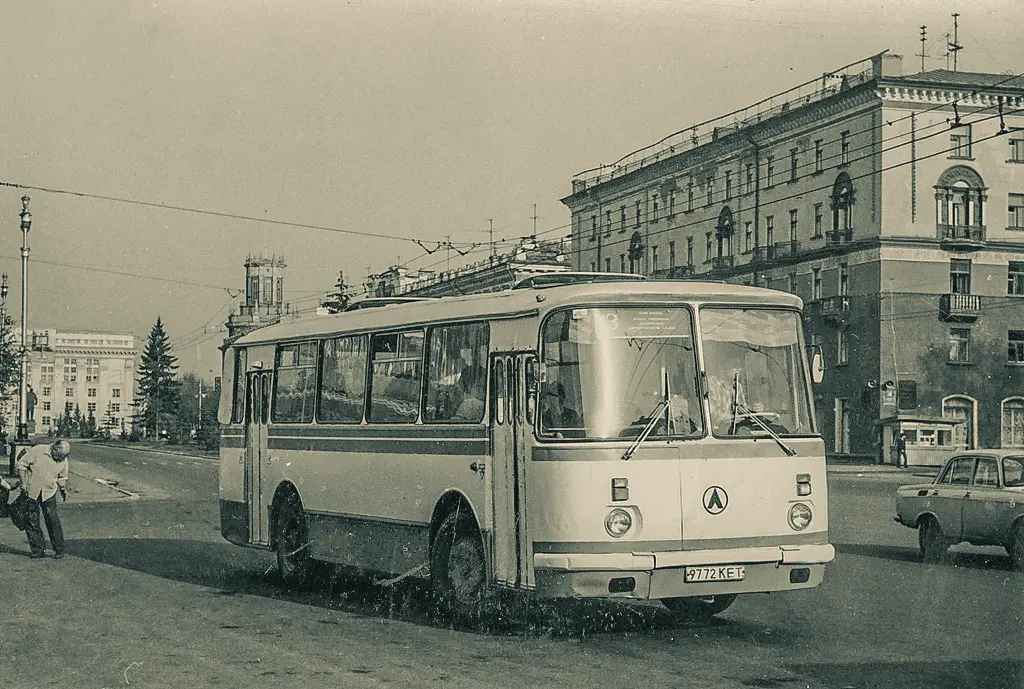
LAZ-695N with license plate 9772 KET. Kemerovo, Sovetsky Avenue. Photo by Aare Olander.
Design Identity
The LAZ-695N had a distinctive silhouette: a heavy rear overhang, wide side windows, a recognizable three-piece windshield, and robust bumpers with round headlights. Inside, the bus was purely functional: vertical poles, simple bench-style seats, and a truck-like driver’s cockpit with a large steering wheel.
Variants and Modifications
- Urban and suburban layouts (two-door or one-door versions, different seating schemes).
- Intercity and service buses with softer seats, luggage racks, and a single front door.
- Special versions used as mobile workshops, laboratories, medical buses, or departmental transports.
The LAZ-695 chassis also became the base for the larger LAZ-699 long-distance bus family.
Role in Chernobyl
The LAZ-695N played a notable role in the aftermath of the Chernobyl disaster in 1986. Both standard and modified buses were used for evacuation and transport of personnel. A special shielded variant (sometimes referred to as LAZ-692) was fitted with lead-covered windows and filter-ventilation units to protect against radiation and dust. These buses operated inside the exclusion zone and later were written off and buried due to contamination.
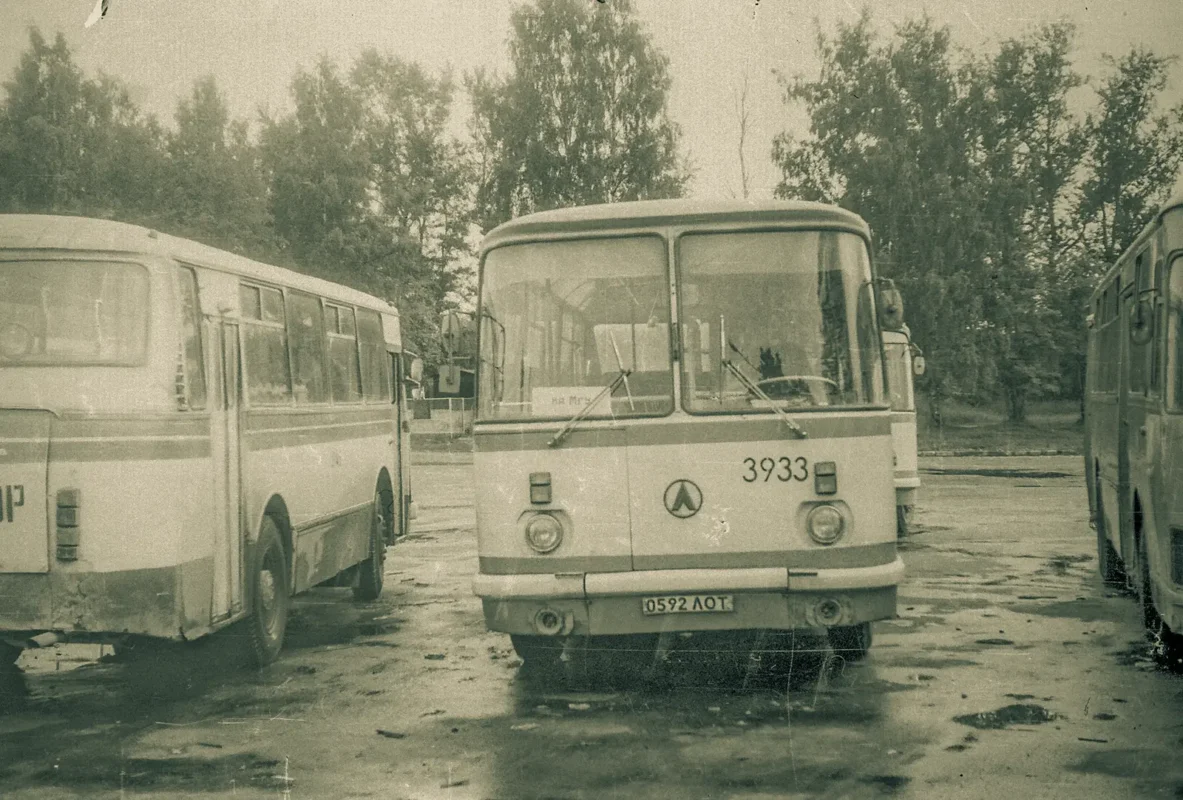
LAZ-695N with license plate 0592 LOT. Kirovsk bus station, July 11, 1991. Photo by A. Stakanov.
Advantages:
- Simple, robust mechanics.
- Maneuverable and suitable for medium cities.
- Easy to repair with widely available parts.
- Versatile across urban, suburban, and service roles.
Disadvantages:
- High fuel consumption (gasoline V8).
- Noisy and hot in the rear passenger area.
- Harsh suspension on poor roads.
- Outdated drum brake system.
Technical Specifications:
- Class: Medium-class soviet bus (urban/suburban)
- Engine: ZIL-derived V8 gasoline, ~150 hp
- Gearbox: 5-speed manual
- Drive: Rear-wheel drive
- Length/Width/Height: 9.4 / 2.5 / 3.0 m
- Top speed: 85–90 km/h
- Capacity: 33–41 seats, 60+ total
- Doors: 2 (urban) or 1 (suburban/service)
LAZ-695N with license plate 2816 GVM, Gorky region, summer 1987.
Bus route “131” operated the suburban line Bor – Chistoye-Borskoye settlement.
LAZ-692 — Chernobyl variant of the bus, autumn 1986.
Windows mostly lead-plated; two roof filter-ventilation units. The “Zone” emblem means it will never leave the 30-km Chernobyl zone.
Text and illustrations by Deniss Ignatjev — created exclusively for not-TOYS.com.
The use of materials from this publication without the author’s permission is strictly prohibited!

